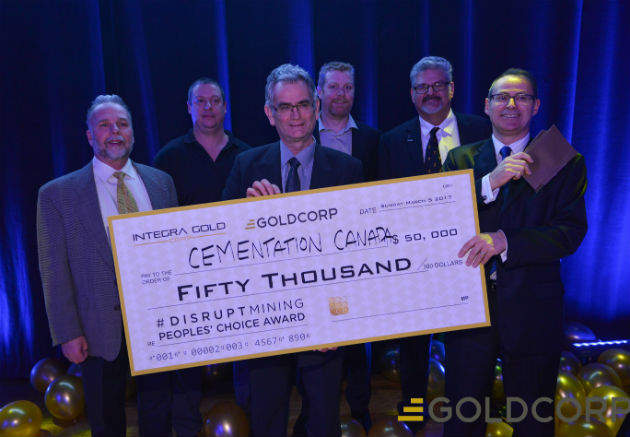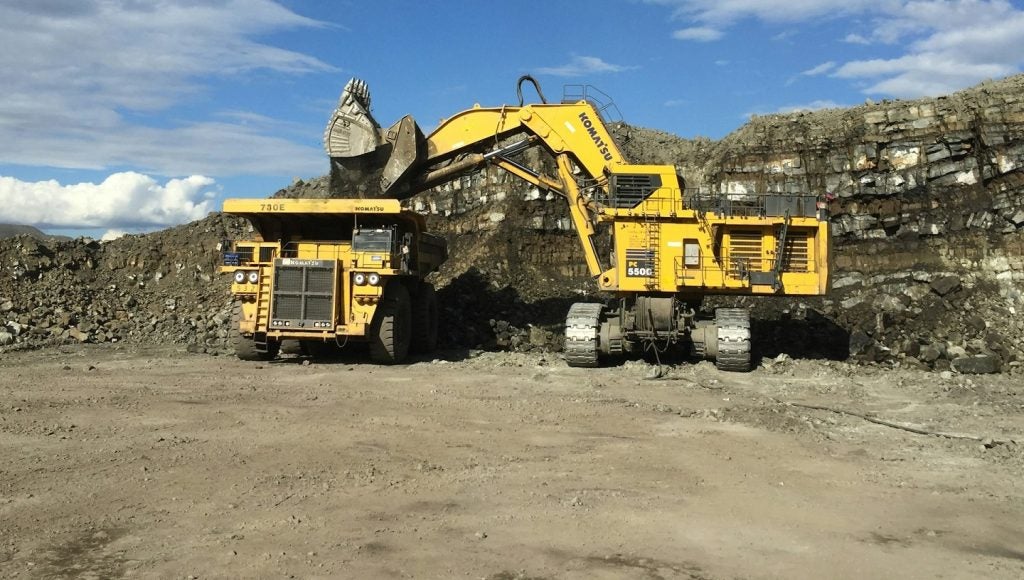

Cementation Canada co-won the grand prize as well as wining the people’s choice award for its new injection hoisting technology at this year’s #DisruptMining event at the 2017 PDAC conference in Toronto. But what is it and what’s next for the company?
